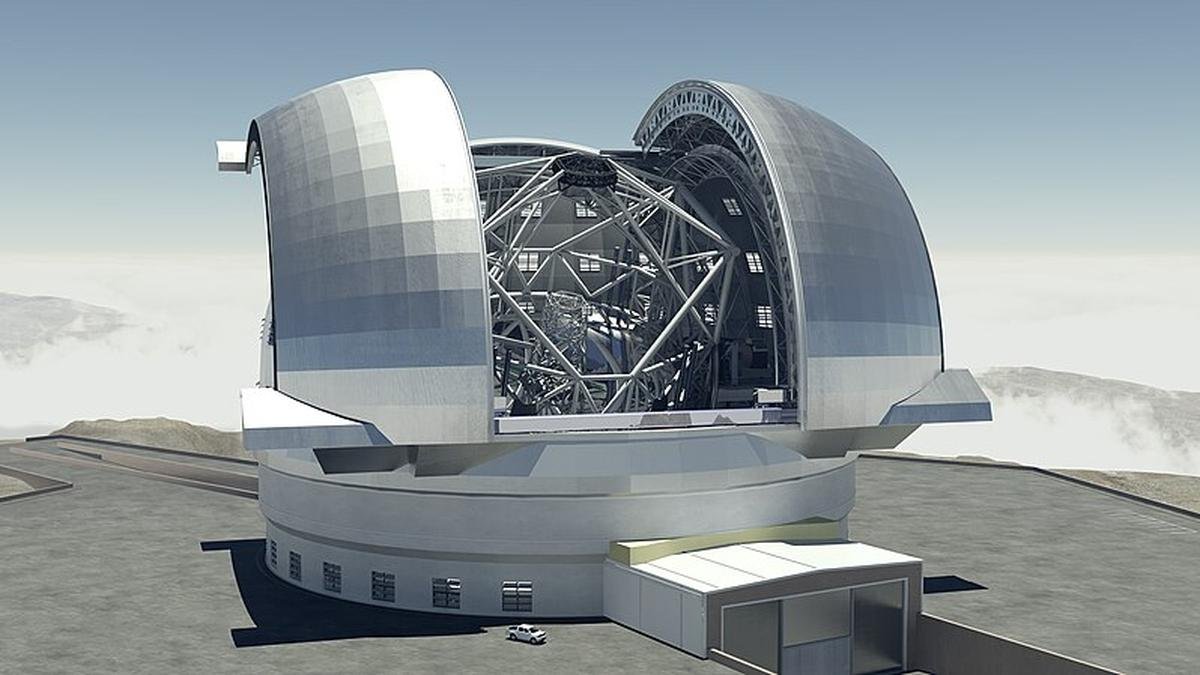Question Corner: A piercing eye in the desert

The telescope is a project of the European Southern Observatory intergovernmental research organisation and is under construction in northern Chile. Photo credit: ESO
:Q: What is the Extremely Large Telescope?
A: The Extremely Large Telescope is planned to be one of the most capable astronomical observatories ever assembled.
The telescope, currently about 60% complete, is intended to search for evidence of potential life on exoplanets and peer back in time to look for the universe’s earliest stars and galaxies. Its first scientific observations are expected by the end of 2028.
It is a $1.51 billion project of the European Southern Observatory (ESO) intergovernmental research organisation and is under construction in northern Chile.
“It’s going to impact practically all areas of astronomy. We’re going to be able to see how the first galaxies were formed at the beginning of the universe,” said astrophysicist Itziar de Gregorio, the ESO representative in Chile.
He added that researchers plan to use it to “characterise stars in other galaxies” and advance their understanding of exoplanets. In particular, we’re going to be studying the atmospheres” of exoplanets for signs of life, he added.
The telescope’s giant primary mirror will be made of 798 small mirrors and collectively be about 39.3 metres wide.
It is situated in the middle of the arid Atacama Desert, considered one of the best places on the earth for astronomy. The telescope is located on Armazones Hill, about 3 km above sea level and about 1,000 km north of Chile’s capital.
The telescope is expected to be the largest optical-infrared facility in the world for decades. The mirrors are ready and awaiting installation. — Reuters
Published – February 05, 2025 11:29 am IST



Post Comment